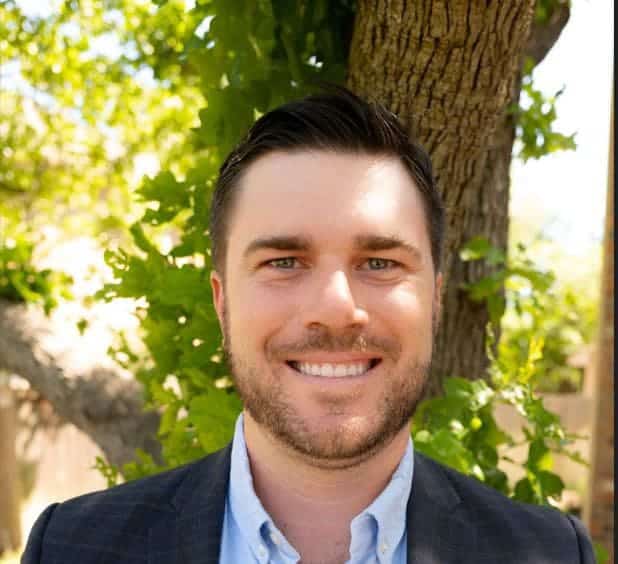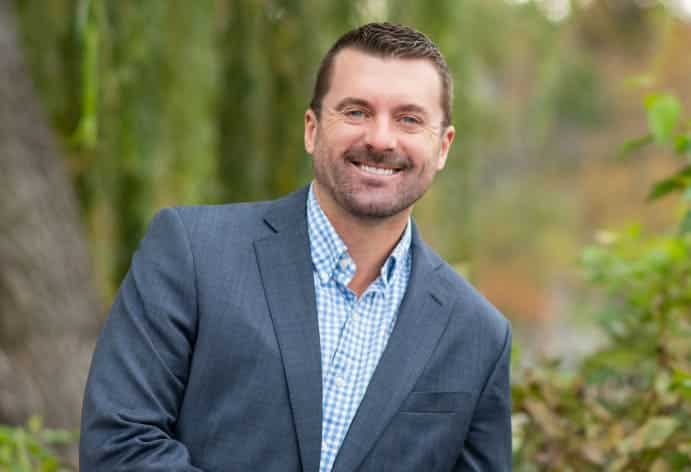New Rules for Inherited IRAs
On July 18, 2024, the IRS issued new regulations that clarify how inherited retirement accounts distributions must be handled. These rules are important for anyone thinking about passing on wealth through IRAs or 401(k)s, as they dictate the timelines and tax implications your beneficiaries will face.
When you leave a retirement account to your beneficiaries, the IRS requires them to take Required Minimum Distributions (RMDs) from that account over time. Depending on their relationship to you and the specific type of beneficiary they are, your heirs will face one of three likely scenarios when it comes to withdrawing funds from the inherited retirement accounts:
- The Stretch Option: If your beneficiary is an Eligible Designated Beneficiary—such as your surviving spouse, a minor child, or a disabled individual—they may still qualify for the “stretch” option. This allows them to take RMDs over their lifetime, spreading out the tax liability and allowing the funds to continue growing tax-deferred or tax-free (in the case of Roth IRAs). This option can help maximize the value of the inheritance over many years.
- The 10-Year Rule: Most Non-Eligible Designated Beneficiaries, such as your adult children or non-spouse heirs, will now have to withdraw the entire account within 10 years of your death. This rule provides some flexibility, as they are not required to take RMDs annually, but it also means they must carefully plan to manage the potential tax implications within this 10-year window.
- The 5-Year Rule: For Non-Designated Beneficiaries—like charities, your estate, or certain types of trusts—the IRS requires that the entire account be distributed within five years if you passed away before your Required Beginning Date (RBD). This accelerated distribution timeline could lead to a higher tax burden, so careful planning is essential if you want to leave assets to these types of beneficiaries.
The IRS’s new regulations are more than just about annual withdrawals. They also include a range of other rules that could impact how you handle your inheritance. Here are other important changes to keep in mind:
- Flexibility for Surviving Spouses: If you’re a surviving spouse, you might find the new “Hypothetical RMD” rule particularly beneficial. This rule gives you more flexibility if you initially chose to follow the 10-Year Rule but later decide to roll over the account or treat it as your own.
- Special Rules for Roth Accounts: If the inherited account is a Designated Roth account, and it holds 100% of the plan balance, you’re not required to take annual RMDs during the 10-Year Rule period. This can allow you to let the funds grow tax-free for a longer period, which could be a significant advantage depending on your financial goals.
- Successor Beneficiaries: If you’re a successor beneficiary (someone who inherits the account from the original beneficiary), the new rules clarify whether you need to start a new 10-year period or continue with the original beneficiary’s timeline. This could affect your withdrawal strategy and tax planning.
- Undistributed RMDs After Death: If the original account owner passed away without taking their RMD for the year, there are now specific rules on how these should be handled. This could affect the timing of distributions and how much you need to withdraw in the first year after inheriting the account.
- Trusts as Beneficiaries: If a trust is named as the beneficiary of the retirement account, it’s important to understand how the new rules define who within that trust is considered a beneficiary. This could influence how the RMDs are calculated and distributed, impacting how much each beneficiary receives.
- Handling Separate Trusts: When a See-Through Trust (a type of trust that meets certain IRS requirements) is split into separate trusts for each beneficiary after the account owner’s death, the RMD rules will now apply to each trust individually. This means the timing and amount of withdrawals could differ for each beneficiary, depending on their age and circumstances.
- Combining Annuity and Non-Annuity Assets: If the retirement account includes both annuity and non-annuity assets, the new rules allow you to combine these for RMD calculations. Payments from the annuity can count toward the total RMD, simplifying the process and possibly reducing the total amount you need to withdraw each year.
With these new regulations in place, it may be worthwhile to revisit how you are structuring your IRAs as part of your estate plan.
Taking the right steps now can help you avoid unnecessary taxes and potentially grow your inheritance more effectively. Whether it’s deciding where to place savings, when to take your RMDs, choosing how to handle a Roth account, or deciding which account type to use for supplemental withdrawals during retirement, it’s a good idea to work closely with your financial advisor and estate planning attorney to ensure that your retirement accounts are structured to meet your goals and to provide your beneficiaries with the best possible outcomes.




